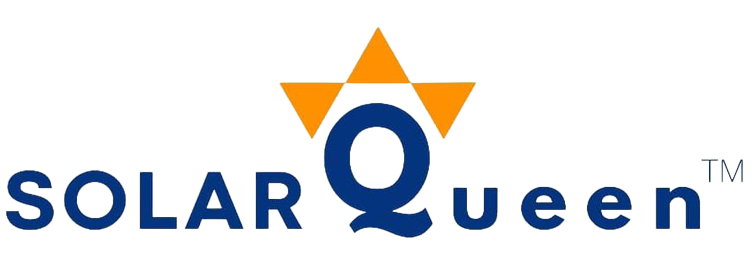As the world shifts toward renewable energy, governments are offering various incentives and subsidies to encourage the adoption of solar power. These programs make solar energy more affordable, accelerate the transition to clean energy, and support environmental sustainability. Understanding the available incentives can help homeowners, businesses, and farmers maximize the benefits of solar investments. Let’s explore the key government incentives and subsidies for solar energy.
1. Solar Tax Credits
Many governments offer solar investment tax credits (ITC) to reduce the upfront cost of installing solar panels. These credits allow individuals and businesses to deduct a percentage of their solar installation costs from their tax liabilities.
- In the U.S., the Federal Solar Tax Credit provides a 30% deduction on solar system costs.
- Various countries have similar tax credit programs, reducing the financial burden on solar adopters.
- Some regions offer additional state or local tax credits on top of federal incentives.
2. Solar Rebates & Grants
Rebate programs and grants provide direct financial assistance to reduce the cost of solar installations.
- Many utility companies and local governments offer cash rebates based on system size or energy production.
- Solar grants are available for residential, commercial, and agricultural projects.
- Rebates and grants lower upfront costs, making solar energy more accessible.
3. Net Metering Programs
Net metering policies allow solar panel owners to sell excess electricity back to the grid, effectively reducing energy bills.
- Consumers receive credits for surplus energy fed into the grid.
- Helps offset nighttime and low-sunlight electricity usage.
- Encourages a decentralized, renewable energy grid.
4. Low-Interest Solar Loans
Governments and financial institutions offer low-interest loans and financing options to support solar installations.
- Green energy loans provide affordable financing with extended repayment terms.
- Some programs require no upfront costs, enabling homeowners to pay over time.
- Business and agricultural loans support large-scale solar adoption.
5. Feed-in Tariffs (FiTs)
Feed-in tariff programs reward solar panel owners by offering fixed payments for the electricity they generate.
- Energy producers receive a guaranteed rate per kilowatt-hour (kWh) of solar energy generated.
- Encourages long-term investment in solar power.
- Countries like Germany and Japan have successfully implemented FiT programs.
6. Solar Renewable Energy Certificates (SRECs)
Some regions have established solar renewable energy certificates (SRECs) to promote clean energy.
- Solar system owners earn SRECs for generating clean electricity.
- Utilities purchase SRECs to meet renewable energy requirements.
- A profitable incentive for solar adopters in specific markets.
7. Agricultural & Rural Solar Incentives
Farmers and rural businesses can access specialized solar incentives to support off-grid solar solutions and agricultural applications.
- Grants and subsidies assist in installing solar irrigation systems.
- Rural energy programs encourage solar-powered farming equipment.
- Helps reduce operational costs and improve sustainability in agriculture.

